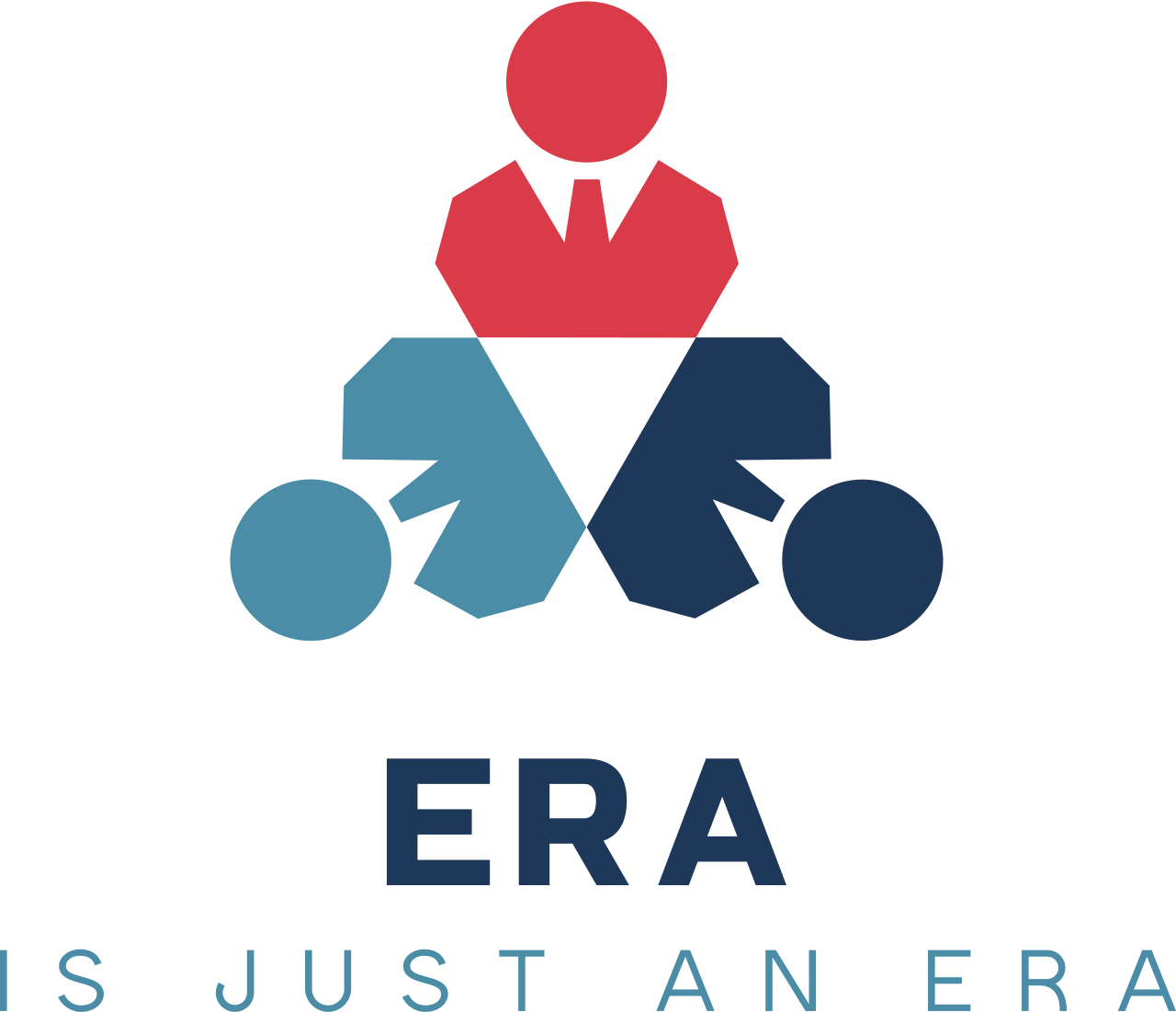Innovative Solutions for a New Work and Transport Landscape
What novel approaches can employers implement to offset the significant additional commuting costs (reported by 88% of employees) and ensure that the economic burden does not undermine retention and productivity in a post-pandemic work environment?
In today’s rapidly evolving world, cutting-edge solutions are reshaping both transport systems and work environments. Recent analyses reveal a multifaceted approach where innovative thinking transforms traditional commuting and office-based practices into a blend of economic, environmental, and social benefits.One exciting advancement is the application of monetary assessments to time savings in transport planning. By converting reduced commuting distances into clear financial benefits, planners now have a powerful tool to evaluate policy choices. This novel approach not only quantifies individual savings when employees work remotely but also emphasizes the larger-scale benefits for public infrastructure and environmental conservation. Leveraging contemporary data, researchers are exploring how slight adjustments—like reducing commuting days—can free up significant resources and alleviate congestion on road networks, ultimately leading to cleaner air and reduced operational costs.Parallel to transport innovations, the evolution in work modalities during and after the pandemic has paved the way for more flexible, hybrid work environments. Companies across the globe are rethinking the traditional employment relationship by integrating remote work options into their core policies. This paradigm shift is not merely about saving time or money; it also focuses on enhancing workplace productivity, employee well-being, and overall satisfaction. As organizations experiment with various degrees of flexibility, a new balance is emerging that honors workers’ personal value systems while still ensuring collaborative efficiency. Digital communication tools and advanced remote management practices have become critical in bridging the gap between office and home, highlighting the potential for both increased autonomy and stronger team dynamics.Moreover, cities and suburban areas are experiencing transformative changes. The innovative intersection of remote work and urban planning is redefining how communities function. With reduced commuting, suburban centers are revitalizing local facilities and attracting new business ventures, which in turn fosters a healthier, more sustainable urban ecosystem.Overall, these dynamic shifts illustrate a forward-thinking landscape where smart policy, technology, and adaptability converge. The innovative mechanisms emerging in both transport planning and work design are paving the way for more sustainable, efficient, and human-centric systems—a true testament to the power of ingenuity in addressing modern challenges.
